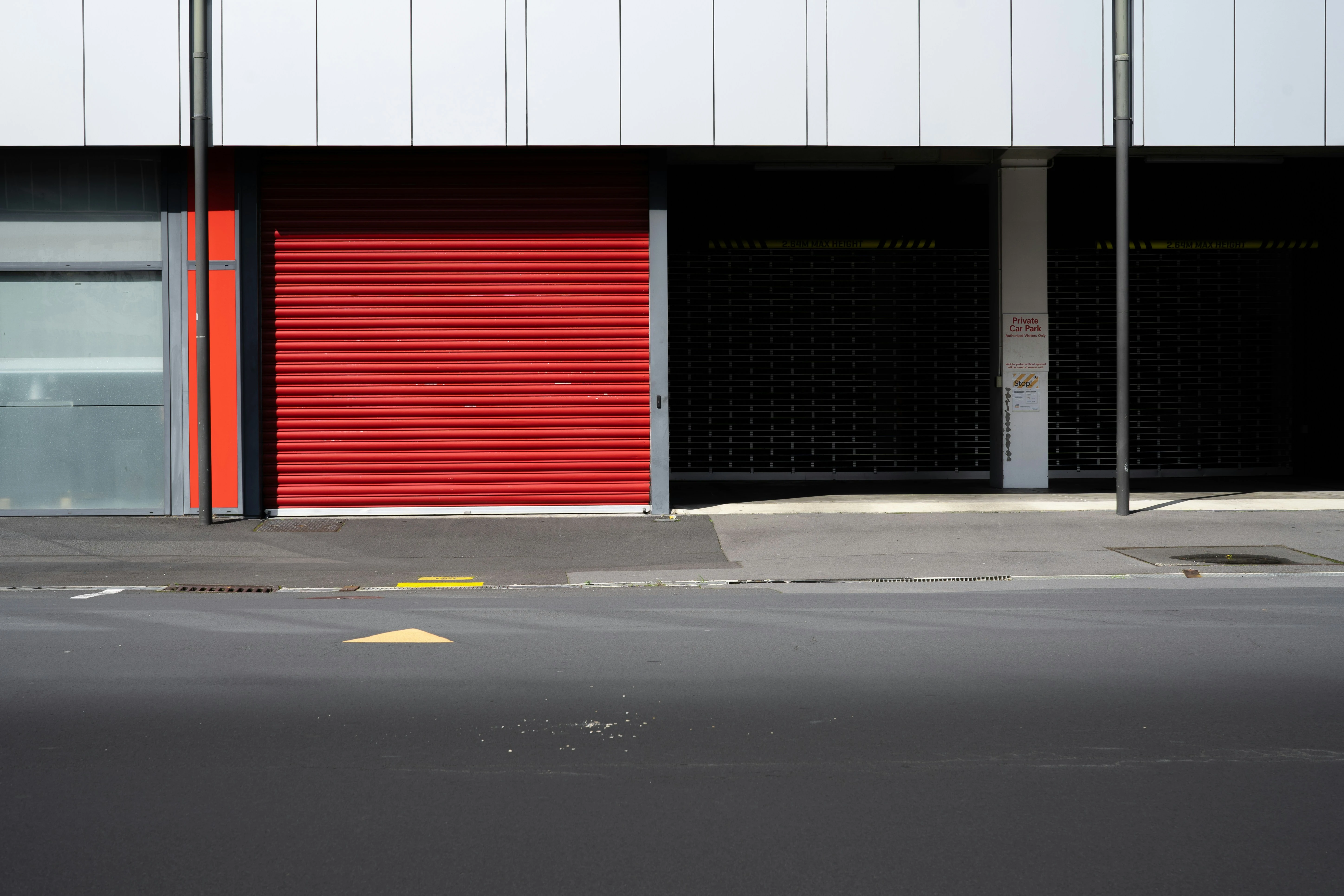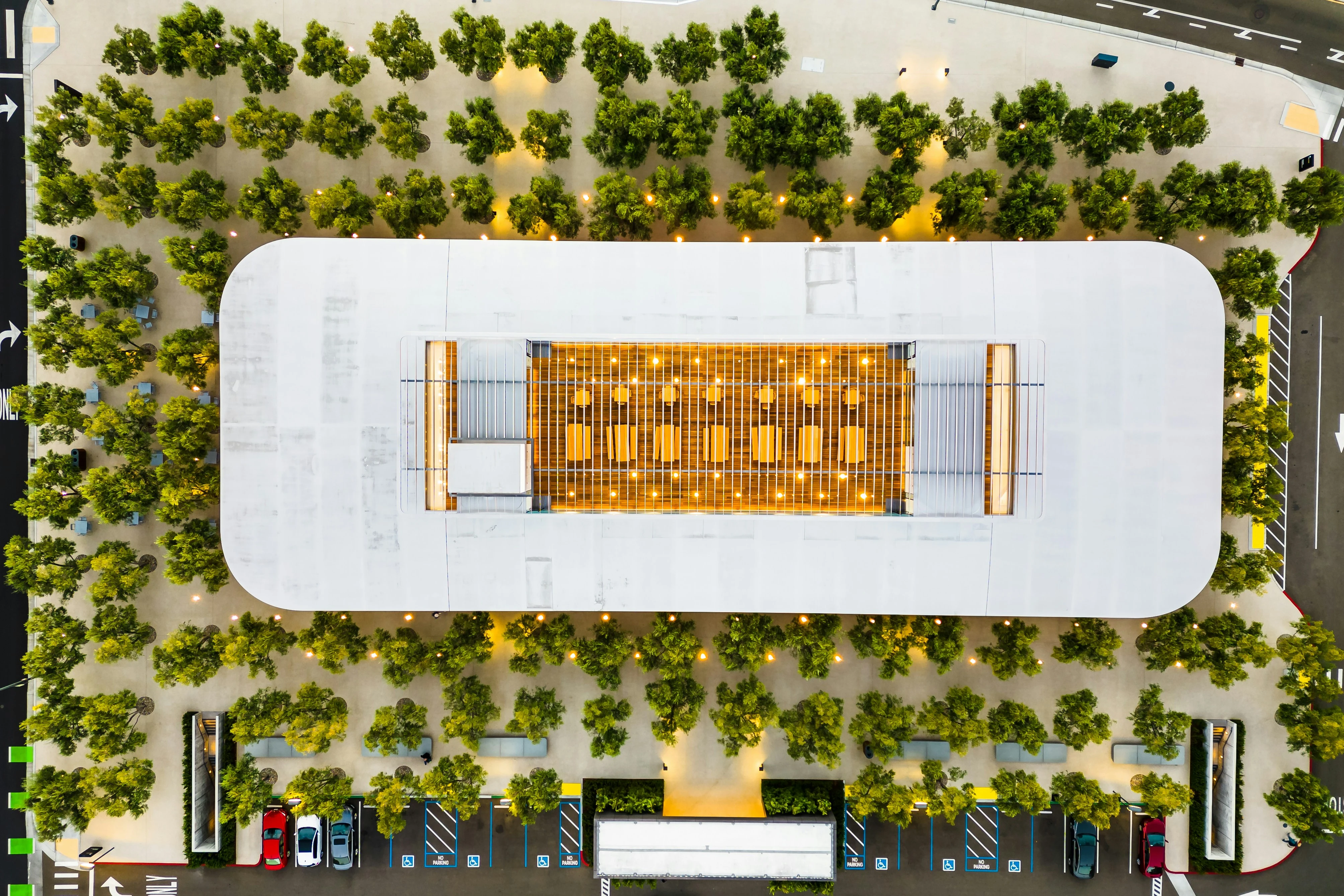Why private parkings help reduce pressure
1. Better use of existing space
Instead of building new infrastructure, you use what’s already there. It’s quick, affordable and spatially efficient.
2. Spreading demand over time and place
Office car parks are busy by day, shopping areas on weekends, and event zones at night. Sharing these spaces when they’re quiet spreads traffic across the day and across neighbourhoods.
3. Less circling and congestion
When drivers go straight to a reserved space, there’s less aimless circling. That reduces congestion and illegal parking in narrow streets.
4. Proximity to real destinations
Private parkings are often right next to shops, schools or cultural venues — meaning shorter walks and more comfort for users.
5. Predictability for locals and visitors
With reservations and time blocks, everyone knows what to expect. Residents keep peace and quiet, while visitors gain certainty.
How to start: a practical step-by-step approach
Step 1 – Make an inventory
List all private parkings in Ghent and Bruges that could participate: office sites, schools, sports clubs, hotels, care facilities and driveways.
Record number of spaces, access type and typical quiet times.
Step 2 – Define the rules
Decide who can park, when, which vehicles are allowed, maximum duration, rates and access method.
Ensure emergency access and respect for neighbours.
Step 3 – Choose time slots
Use clear time windows: after office hours, weekends, school holidays or during events. Predictable timing keeps things simple.
Step 4 – Manage access and booking
Offer online reservations with confirmation and clear directions. Access can be via code, badge or on-site attendant depending on the location.
Step 5 – Simplify payment
Keep payments simple: fixed price per slot or per day, digital payment and transparent overview for each operator.
Step 6 – Inform the neighbourhood
Communicate early through flyers, websites and signage. Explain when the car park is open and how misuse is prevented.
Step 7 – Evaluate and adjust
Monitor occupancy and satisfaction, then tweak time slots, prices or signage if needed.

Focus ghent: from office area to evening parking
Many offices around Ghent’s ring road have large private car parks that stand empty after business hours.
Opening them in the evenings gives visitors to restaurants and cultural venues predictable parking and eases pressure in narrow inner-city streets.
Grouping several private sites per district as a small cluster helps direct visitors to the nearest available spot within walking distance.
Focus bruges: flexible use during wintergloed and tourist weekends
Bruges experiences high peaks during Wintergloed and busy tourist weekends.
Public car parks fill quickly, while schools, offices and associations in nearby districts are often quiet.
Opening these during evening hours with reservations allows visitors to park outside the most crowded zones.
A pleasant walking route or shuttle from a nearby hub turns parking into part of the experience rather than a stress factor.
What cities, operators and residents expect from each other
The role of the city
- publish clear parking maps and information
- guide visitors with proper signage
- define simple base rules per district
- monitor effects and adjust during peaks
The role of operators
- make defined time slots available
- ensure basic lighting and clear walking routes
- provide a contact point for questions
- share simple house rules with users
The role of residents
- open a driveway or garage when not in use
- clearly indicate unavailable times
- share feedback about traffic or noise for improvement
Digital tools: what to look for
A good platform makes sharing private parking straightforward. Look for:
- real-time availability
- clear directions respecting local traffic plans
- simple price setting per time block
- access control options (codes, assistance)
- usage reports for operators and city dashboards
SparkSpot follows these principles in Flanders, connecting private parking owners with drivers through advance reservation and transparent data.
Alternatives exist, but always choose a tool suited to local needs and simple enough for everyday users.
How to measure impact
- search time: minutes between entering the area and parking
- occupancy rate: ratio of used to available spaces per slot
- traffic in residential streets: number of vehicle passes during peaks
- user satisfaction: short visitor and resident surveys
- local business activity: merchant feedback on footfall and dwell time
Even small pilot measurements reveal clear patterns that can guide adjustments in timing and communication.
Common pitfalls and how to avoid them
Unclear rules
Lack of clarity causes confusion. Keep house rules short, visible and repeated at each reservation.
Access problems
Test access beforehand. Choose a system that fits the site, from keypads to attendants, and provide an emergency contact number.
Too much traffic in one street
Use guidance signs and distribute incoming traffic over several nearby sites.
Low community support
Engage residents and local businesses early. Show the benefits: less circling, better accessibility, quieter streets.
Too much complexity
Simplicity works. Stick to clear time slots, fixed pricing and short walking routes.
Mini guide: launching a pilot project in 30 days

Week 1 – Exploration
Select one district in Ghent or Bruges. Identify three to five private sites and make first contact.
Week 2 – Agreements
Set time slots, define pricing and collect details for the booking page.
Week 3 – Testing
Test access, signage and walking routes with a small user group. Adjust where needed.
Week 4 – Launch and fine-tune
Start small-scale communication. Track occupancy and search time. Evaluate after two weeks and scale up if successful.
Frequently asked questions
Does this work in smaller districts too?
Yes. Especially in areas with limited public capacity and many underused private spaces, sharing yields quick results.
What about safety and supervision?
Choose well-lit areas, set clear rules and have a contact point. Digital registration discourages misuse.
Do private car parks need to be open all the time?
No. Work with flexible time slots that suit the owner’s schedule. Predictability is more important than 24/7 access.
Is booking necessary?
Booking reduces search traffic and guarantees a spot. In quiet periods open access can work, but reservations are best during peaks.
How can I start as a resident or operator?
Start small: one time slot, a clear sign and an easy online listing. Expand once it runs smoothly.
Conclusion: Using what already exists works fastest
Private parkings are the quickest lever against parking pressure in Ghent and Bruges.
They make smarter use of existing space, spread demand across time and districts, and offer predictable parking for visitors.
With simple rules, booking and clear access, visible improvement follows quickly.
SparkSpot helps cities, operators and residents coordinate this process smoothly.
It’s a practical way to make parking a calm start to every visit.








